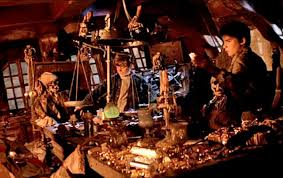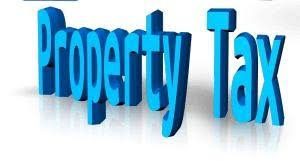
What prevents many potential homeowners from buying a home is the lack of a down payment.
Many first-time home buyers are receiving down payment gifts from family.
Unfortunately, many are not in this position and need to plan to save their own down payment.
When you can visualize the benefits of owning your own home and it becomes your number one desire, most of us can save that down payment.
Every time you feel like spending money that is not a need and takes away from you down payment, consider what you could be giving up, your home.
I recently did a mortgage for a couple buying their first home. During the process, they told me that 25 years ago they moved into a brand new rental home and they just finished paying off the landlords mortgage. The house had gone up about $800,000 in value over the 25 years. If the couple would have had their down payment and bought the home they would have a home worth over $1,000,000 paid for.
Here are some tips
Avoid borrowing money for a depreciating asset like a car or furniture. Did you know that most people who buy furniture interest free for a year do not pay it off and end up paying about 29% interest on that loan?
Open a Tax Free Savings Account (TFSA) and start contributing monthly. Try and maximize what you can put in the TFSA. Turn it into a game and see how fast you can make it grow. Remember the end game is your own home.
The Business Insider reports that 62% of your expenditure is spent on three areas: Housing, transportation and food. Focus on cutting down expenses in these areas and put the extra money in your TFSA. It may be tight living in a smaller place for a few years or even staying at home for a few years to save up that down payment, but if you could look down the road 25 years and have a choice of buying your first home or owning a million-dollar home with no mortgage, what would you choose? You need to keep that vision of owning you own home if front of you to make the sacrifices worth it. The longer you rent the more you are paying off someone else’s home.
I read a stat that 43% of the annual food cost are eating out. Then there are prepared meals that involve no cooking that when included add up to 60% of your food budget. I recently had a friend that stopped eating out and is now putting about an extra $350 a month in his investment account.
Create a budget, control your spending, and buy groceries on sale. Use the Flipp app and find the lowest price on main items and price match. You can save $100’s of dollars doing this.
All these savings can go into your TFSA. Ask friend for their money saving ideas. Stay focused and before you know it you will have your down payment.
If you have any questions, please contact me your local Dominion Lending Centres mortgage specialist.
Contact me for your best mortgage options 705.669.7798 or trina@ndlc.ca
#trinamortgages #mortgages #ndlc #freedomofchoice
#bestmortgageforme #executive #firstimehomebuyer
If you found this information valuable, I only ask that you share with your friends and family.
Copyright DLC






